Global Big Day 2025 presented as a whirlwind of activity. I hit the road at 5 AM sharp, accompanied by my friend Patrick Webster and his monster truck! This is not the first time I have asked him to take me where my little SUV will not go. He is always kind enough to say yes. Not only does he drive, but he also contributes invaluable help during the counts.
There is nothing like being up before the sun and catching those early riser birds like Yellow-crowned Night Herons.
Here are a few of my favorite moments from the day.
1. Birds Feeding in the Sargassum
Over the last few weeks, large rafts of Sargassum have moved into the area covering the coastline. Anguilla’s pristine beaches, which are key to the island’s tourism product, have taken the brunt of this influx, causing significant issues for hotels and restaurants. Nowhere is this buildup more prevalent than on the northeastern coast, where a mixture of rock and sand is the norm.
Many species of birds, like the Ruddy Turnstone in the clip above, find a hearty meal in this substance. Take a look at those breeding colors!
2. Learning something new about Anguilla
After forty years of visiting and living in Anguilla, I presume I know a lot about this little piece of paradise and its people. Alas, Patrick was ready to school me as we observed the wild landscape of the northeast coast.
One of my favorite plants is the wild Frangipani, which thrives in the harshest conditions. With the prevailing winds originating in the east, most plants are low to the ground. Among them are Sea Grapes and Barrel Cacti.



Patrick informed me that the local name for wild Frangipani is “Pigeonwood.” (This is not to be confused with the native Pigeonwood tree from New Zealand.)
According to him, before glue was available on Anguilla, the sap inside the tree branches was used to “stick” an envelope to be posted. He also used it to make kites as a child, because the cloth would stick to the branches using this sap, and hold despite strong winds.
3. Observing Mating/Nesting Season


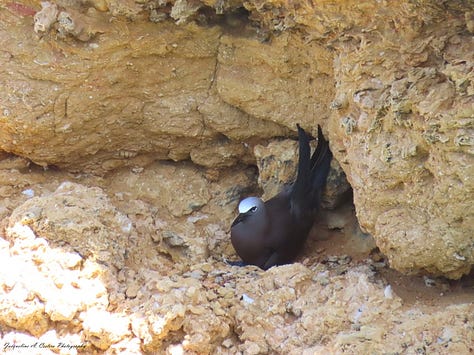
From the cliffs of Blolly Ham Bay and West End Point, where Brown Noddies precariously build and place their nests…
and Black-necked Stilts on Road Salt Pond…
To Royal Terns mating on Grey Pond, the 2025 nesting season shows great promise!

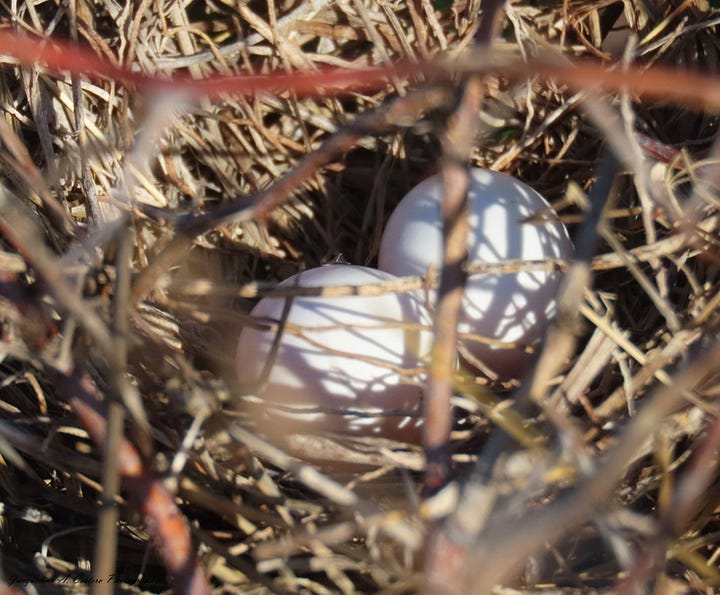
Patrick spotted a rarely seen Common Ground Dove nest in the bush. This Momma had the “Do Not Disturb Sign” on her tree, so we left her in peace.
He even managed to find a spider nest. What a treat!
Beginning in late April, many species of birds, particularly seabirds, nest on our beaches, wetlands, and offshore cays.
4. Nesting Barges in Action
While remote locations like Long and Grey Ponds provide excellent habitat for our nesting Least Terns, Road Salt Pond IBA has seen its population struggle due to feral cats and human intervention.
My friend Biz Bell of Wildlife Management International in New Zealand has worked with the Anguilla National Trust to create rafts or barges that provide safe nest spaces for the terns.
In a classic, “If you build it, they will come,” moment, the birds are using the latest iteration. I expect this project will expand if it is deemed successful this year.
5. Wader Quest Global Team Takes First Place in Global Birding
Over 12 hours and 14 checklists, we recorded 53 species (2 species are still not confirmed by eBird despite providing photographic evidence of species that are regular visitors to Anguilla). This placed Anguilla at number 15 in the West Indies for Global Big Day 2025.
More importantly, it contributed to the goal of putting the Wader Quest Team in the top spot for the UK-based Global Birding.
The Wader Quest Team consisted of 277 checklists from 24 different countries! We outshone more than 200 Global Birding Teams. This is a proud moment for all involved.
Many thanks to our partners for Spring Global Big Day, Global Birding, and Wader Quest. Both organizations do massive amounts of work to support our bird species worldwide. It is an honor to work with both groups.
To learn more about these organizations' great work, click on the links in the text above.


Last but certainly not least, much gratitude to Patrick Webster for his assistance with the count. I could not have done it without him. (P.S. There is zero chance you will see me hanging out on the edge of those rocks!)
Patrick is well on his way to becoming a “birder,” even if he prefers to be “Fisherman Extraordinaire.” What do you think? 🤔






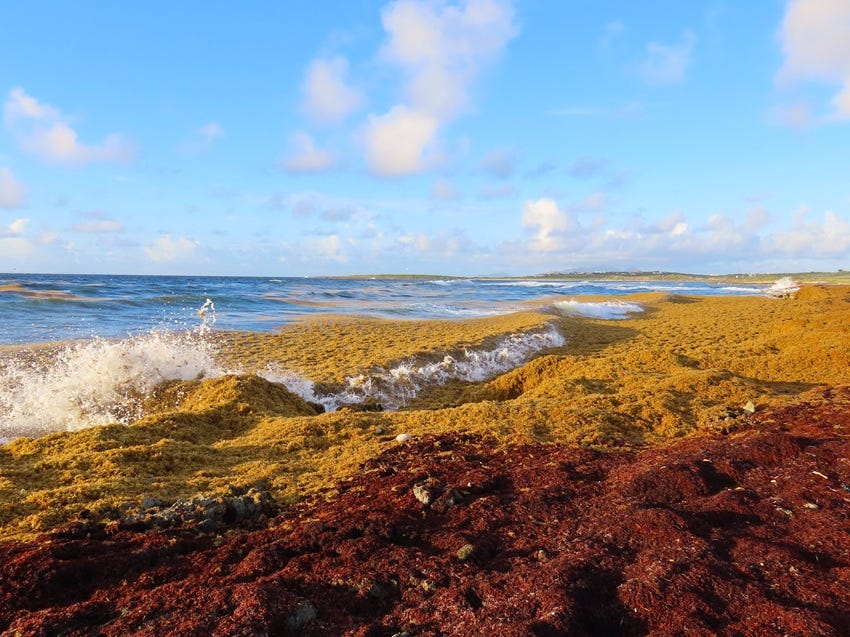
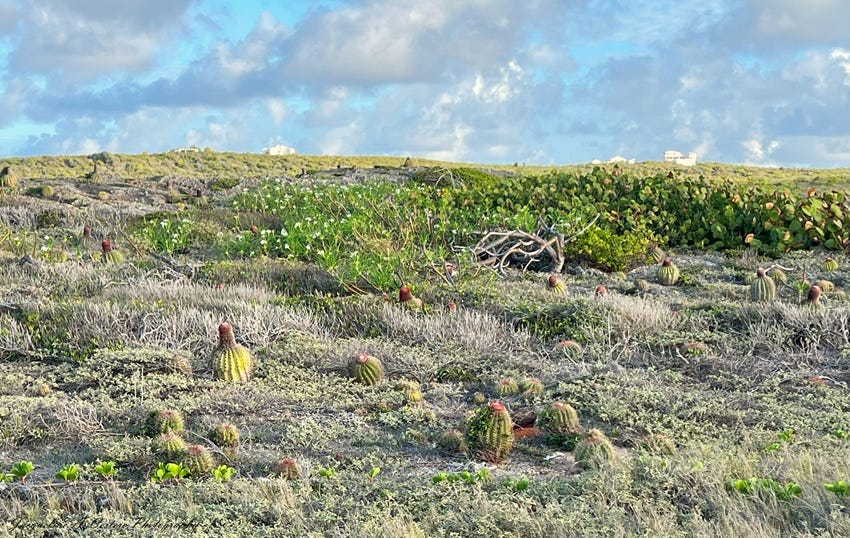

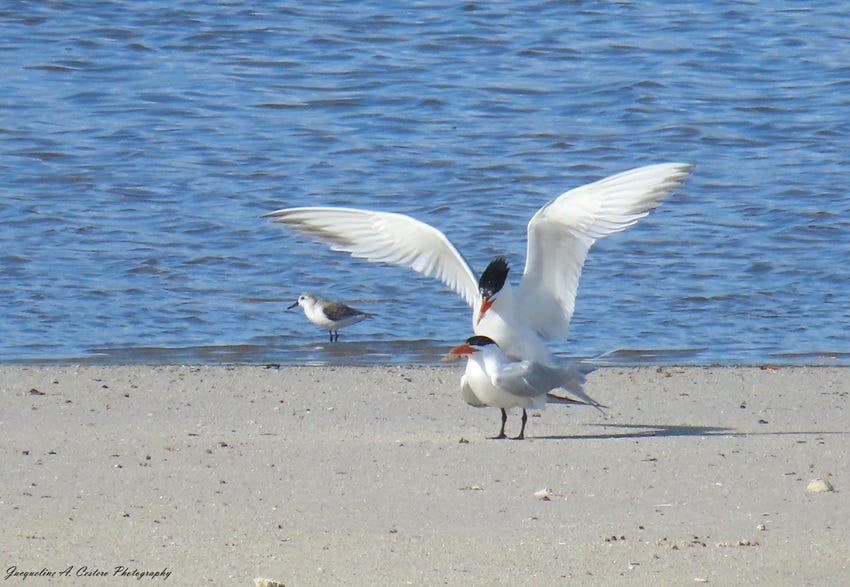
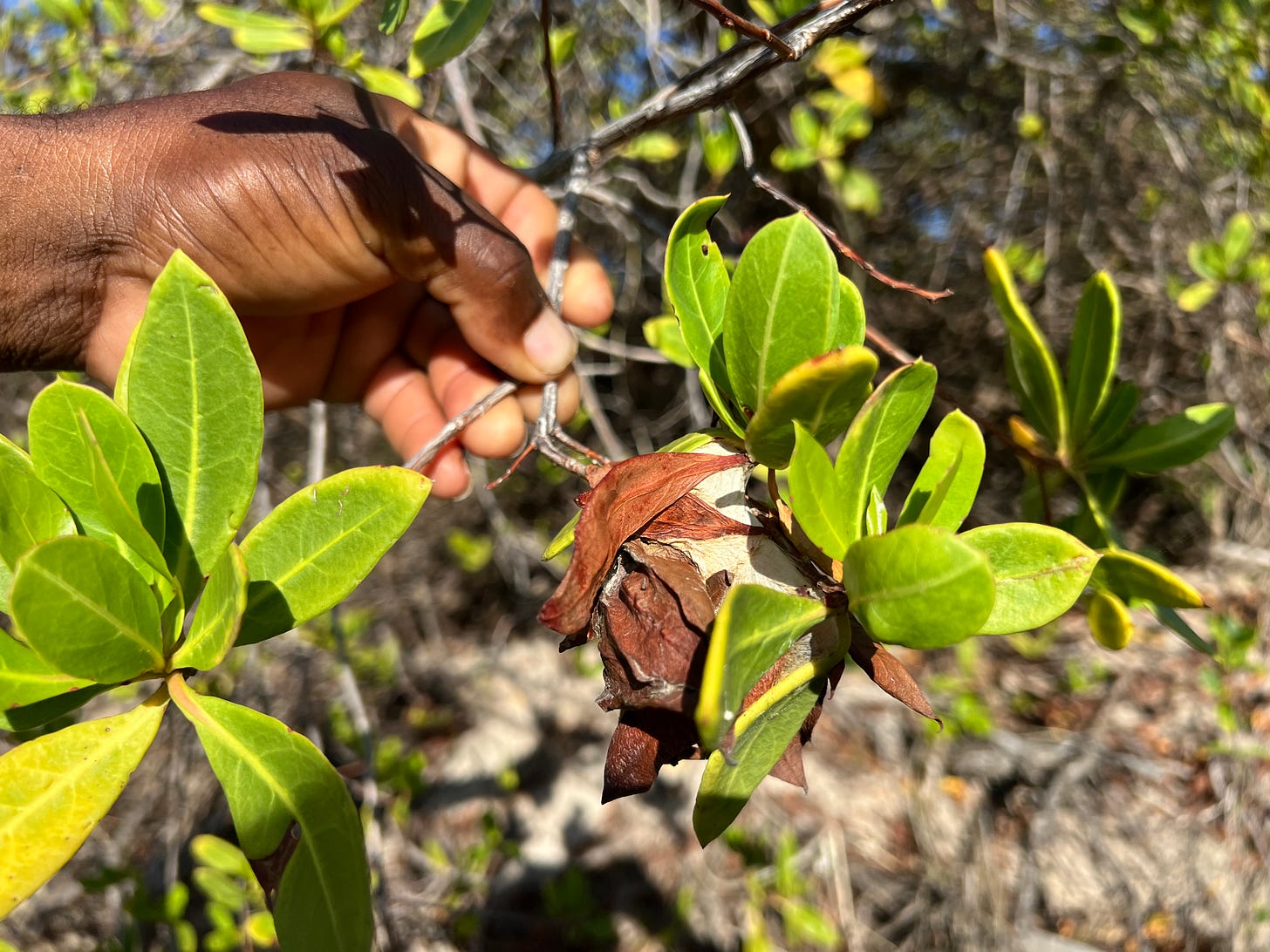


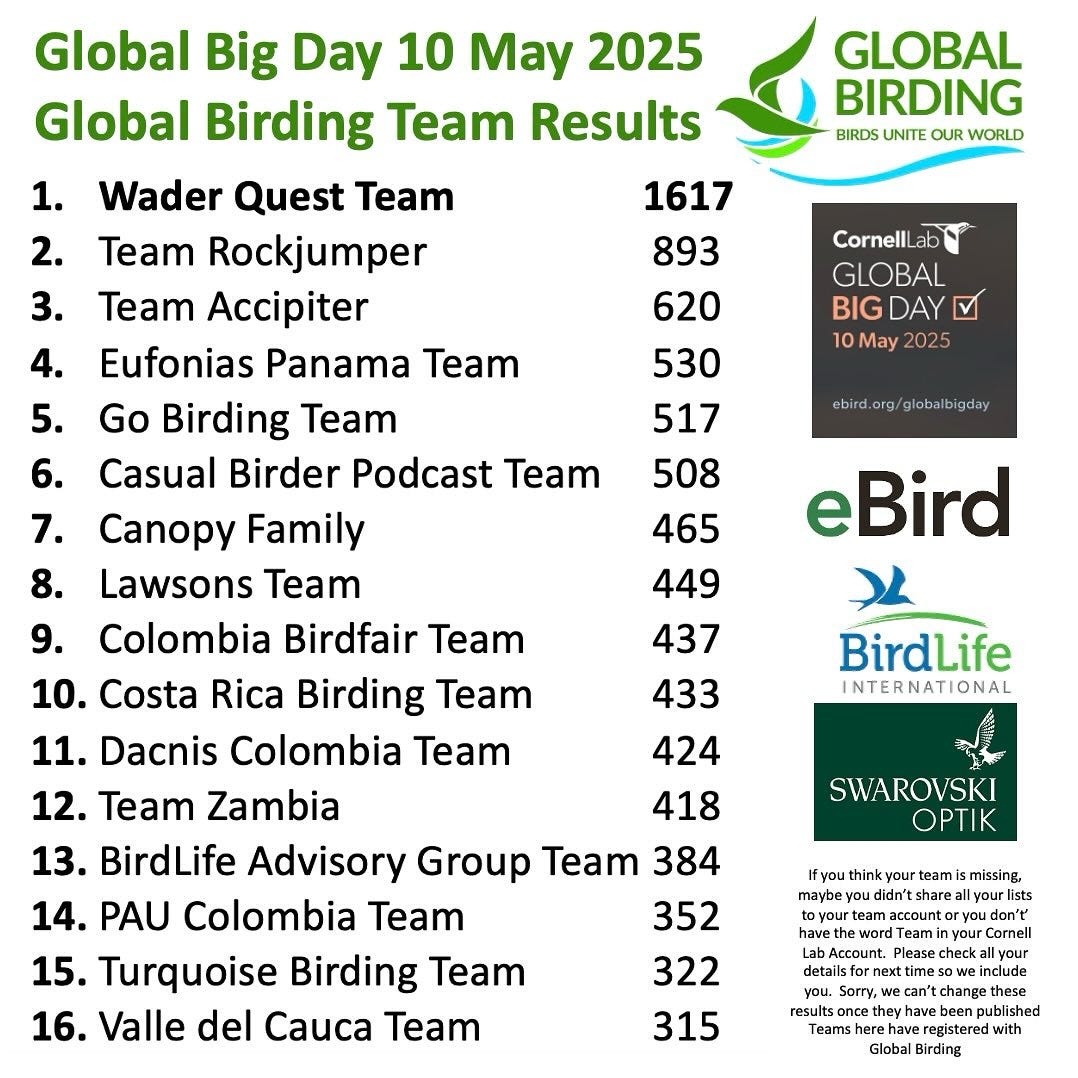

I am always amazed at what you find and share with us in your newsletter. A big shout out to Patrick for helping you to help us enjoy our feathered friends. Thank you! 🥰
Excellent report Jackie, Thank you so much!